Currently browsing… science
-
A vision for the Great Lakes: healthy waters and connected communities
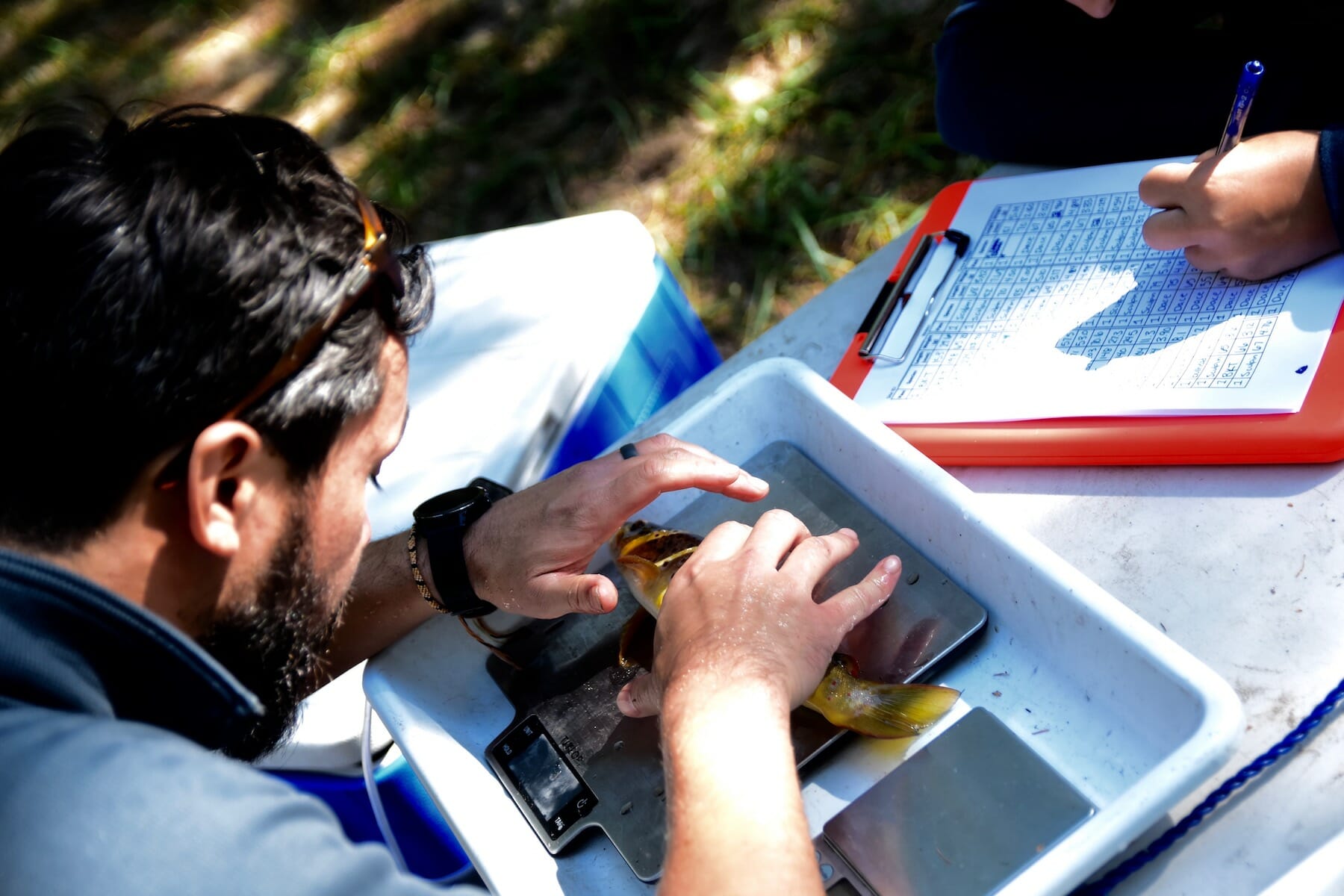
Trout Unlimited starts off 2022 with a new strategic direction, building on the great work that we have been doing. Under this new plan Trout Unlimited is building a foundation for the future of healthy waters and healthy fish on the strength of whole communities committed to their care and recovery across generations. Our…
-
Could this become Michigan’s next great trout water?
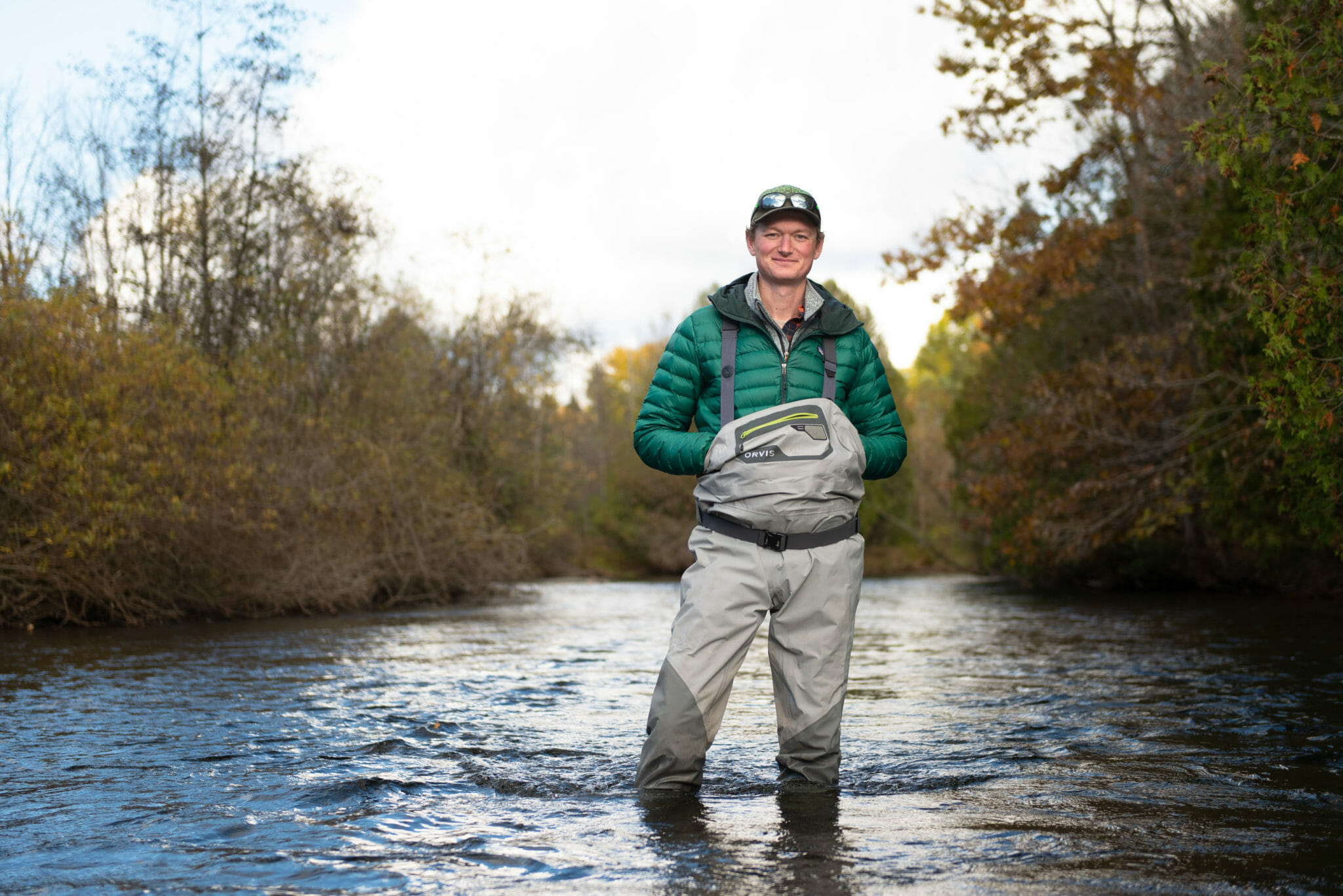
TU’s Jake Lemon sees promise in a stream anglers breeze past to get to the Pere Marquette Jake Lemon admits he was as guilty as most when it came to paying attention to Michigan’s White River. “It’s basically sandwiched between the Muskegon and the Pere Marquette,” Lemon said of the White. “Many people just drive…
-
Big protection for small streams
Happily, this week, U.S. District Judge Rosemary Márquez found Trout Unlimited’s arguments compelling and declared that the 2020 rule was illegal and “would cause serious environmental harm.”
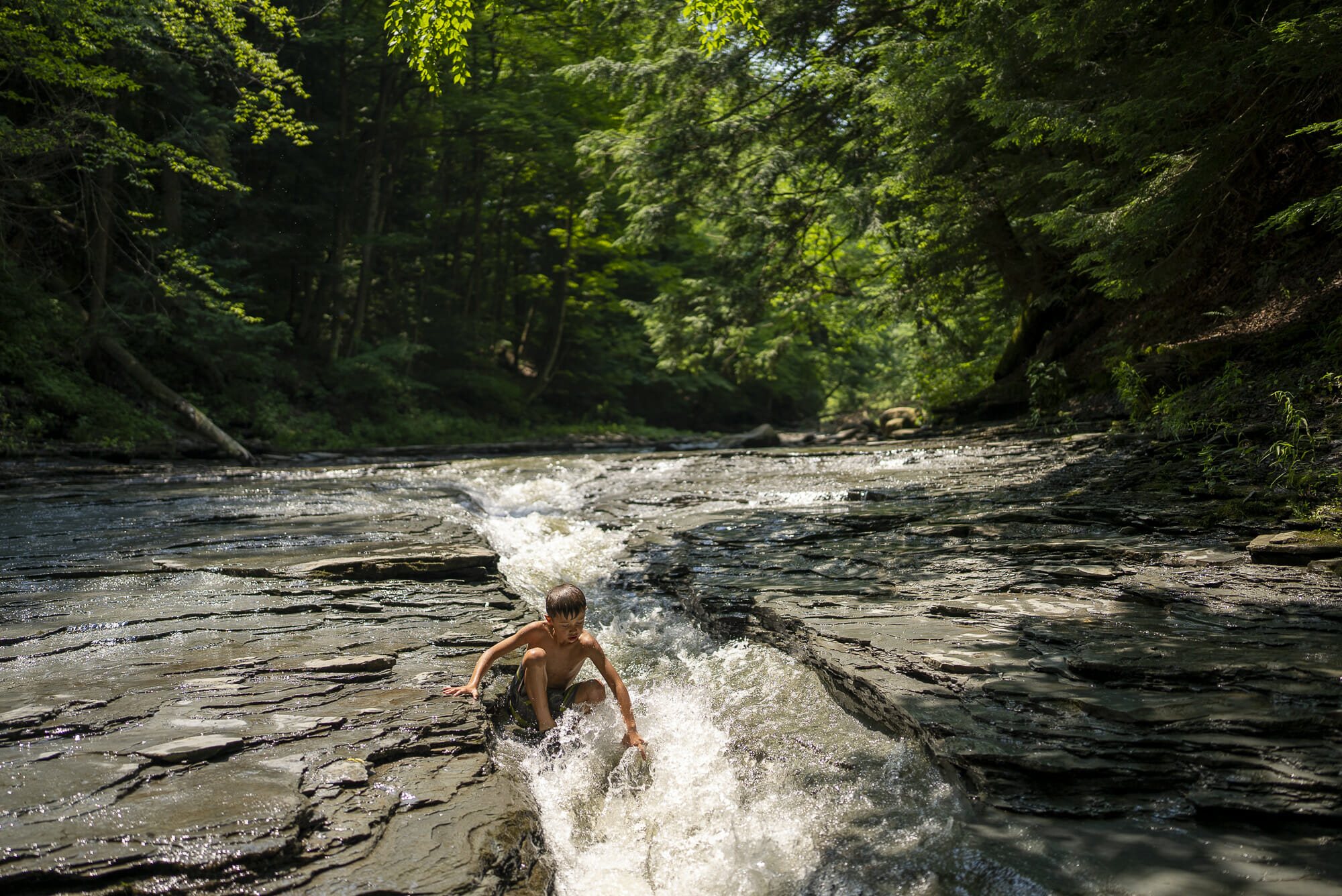
The Environmental Protection Agency and the U.S. Army Corps made a curious admission in 2020. They announced they were removing the protections of the Clean Water Act for ephemeral streams, which only flow in response to rainfall. They then said they were unable to determine the potential effects of this dramatic change. The chief of…
-
Trout Unlimited expands Alaska’s knowledge of fish habitat
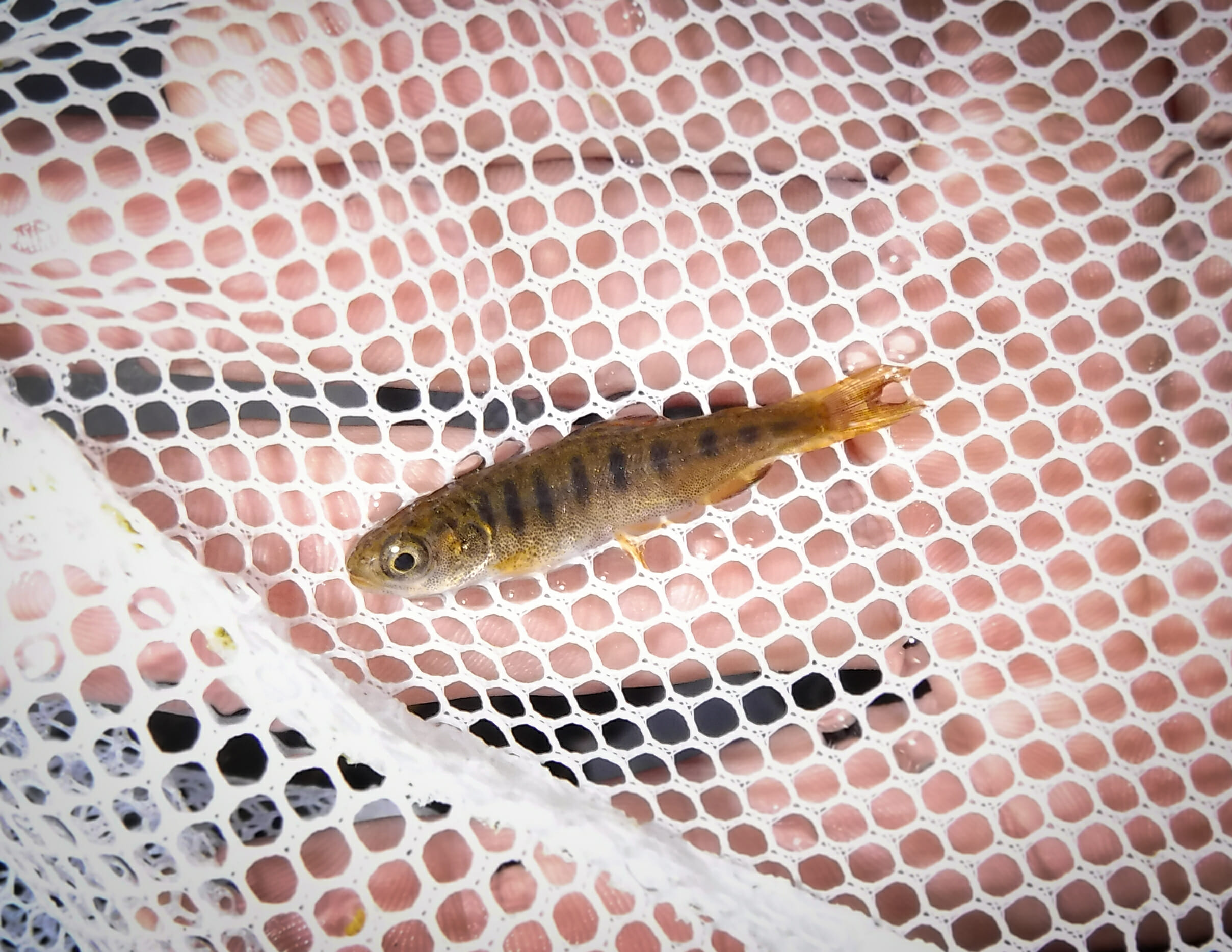
A juvenile coho salmon from a small, previously undocumented stream on Douglas Island, Alaska. By Mark Hieronymus For the diehard fish nerd, spring is a wonderful time in Alaska. The days get longer and (slightly) warmer, the fresh waters around the state shed their winter cloaks and start to flow again, the fish start to bite, and…
-
From Red Brook to Bristol Bay: scaling conservation
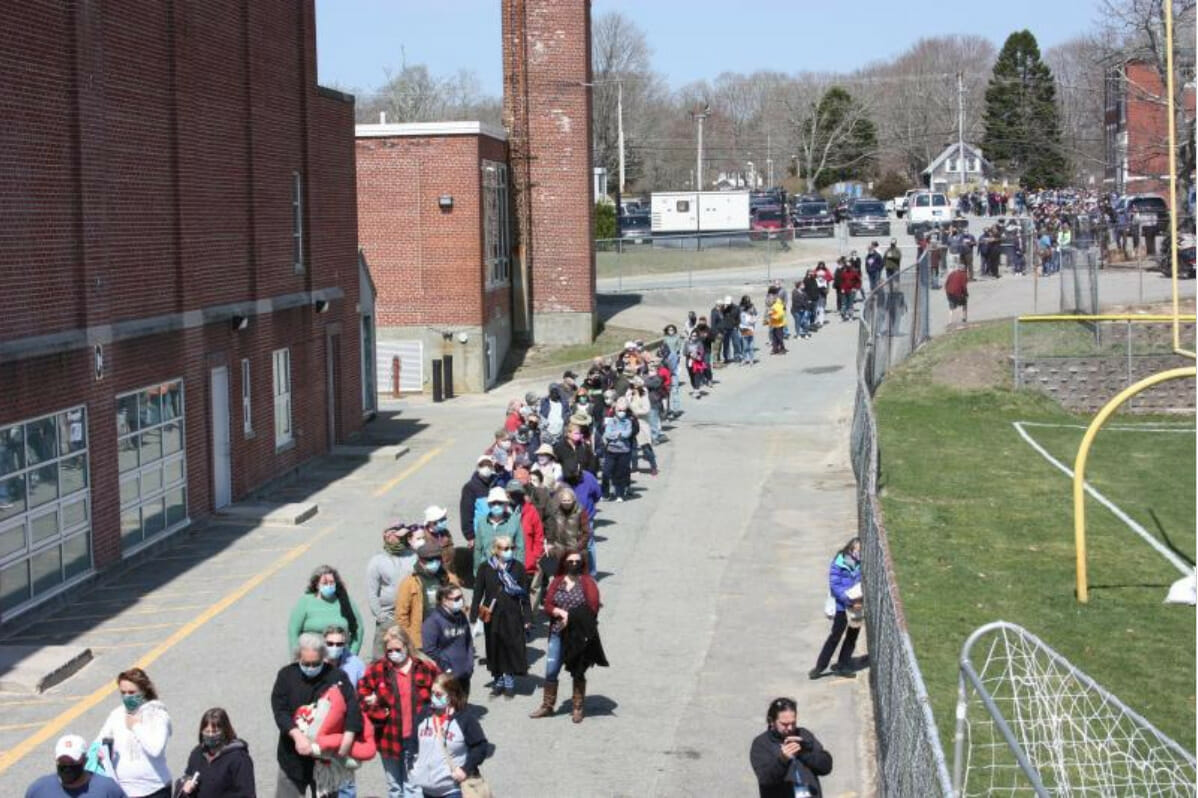
A few days ago, the people of Wareham, Mass., delivered a victory for conservation. They voted overwhelmingly against the wishes of their town administrator, and four of their five selectmen, and denied a 775-acre development in the headwaters of Red Brook. The development likely would have harmed one of the relatively few remaining populations of…
-
Action on climate change moving ahead in Washington
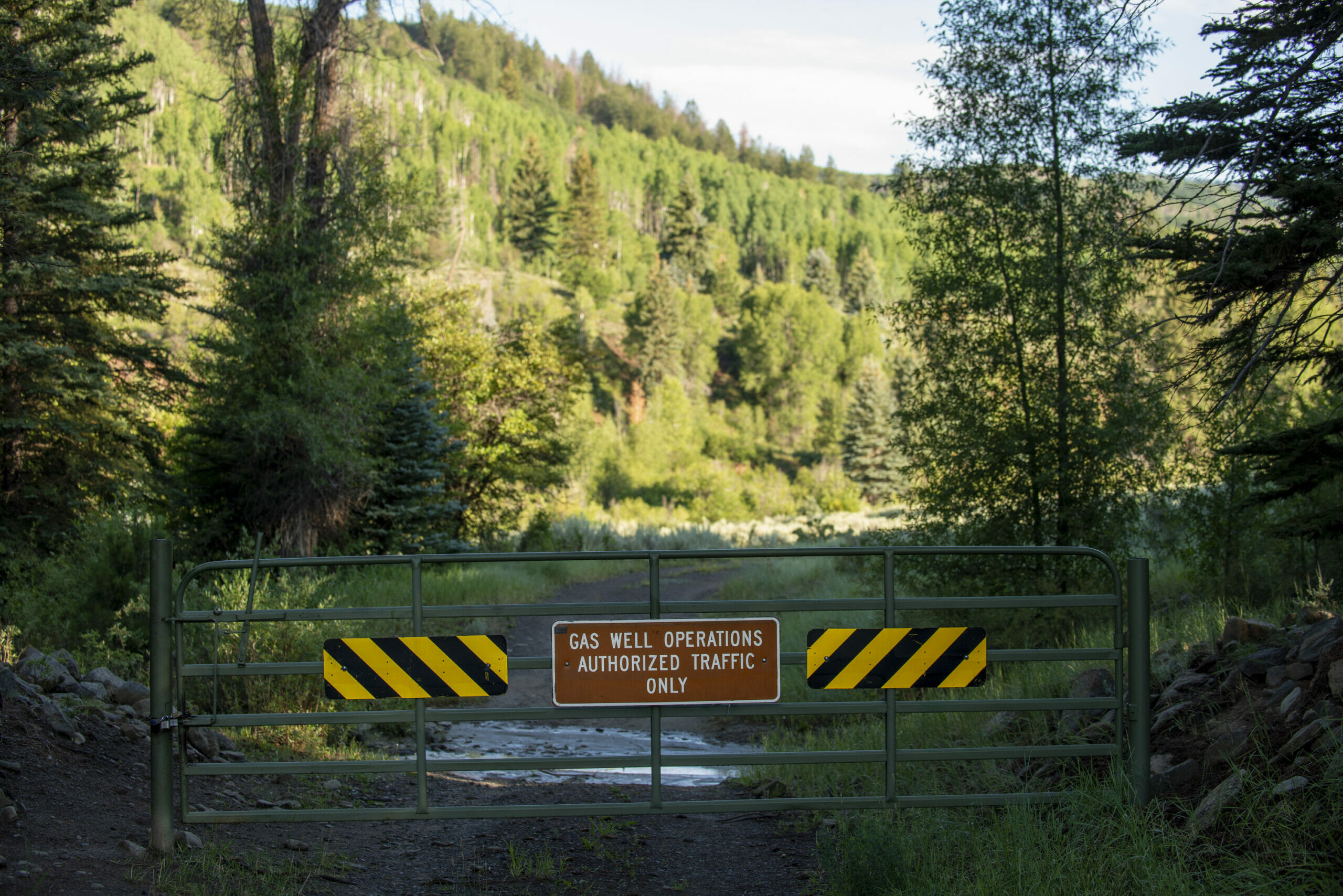
If you ask anglers across America about changes they are observing in their favorite watersheds, it is a safe bet they can share concerning stories. Lower rivers caused by diminished snowpack, less rainfall and more frequent and intense droughts. Basins ravaged by wildfires and hotter summers that routinely elevate river temperatures above levels suitable for trout…
-
TU’s science programs in Great Lakes keep growing
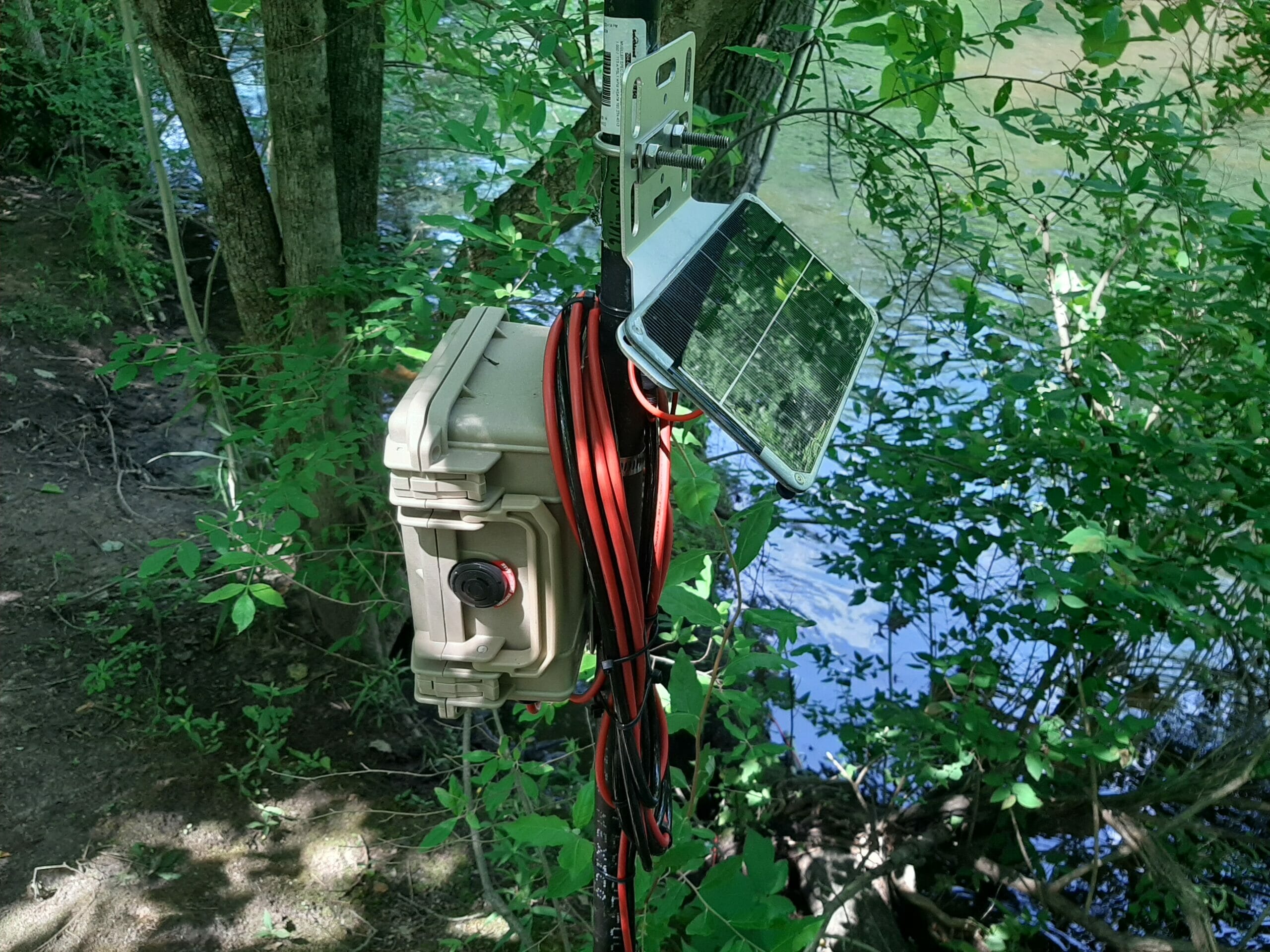
By Jake Lemon Trout Unlimited's team in the Great Lakes region continues to expand on its ambitious science-related initiatives, which are critical in informing protection and restoration projects in the region. TU continues to support our chapters and partners in enhancing their water monitoring activities with the Mayfly sensor station, a low-cost real-time stream monitoring technology. Developed by Stroud Water…

